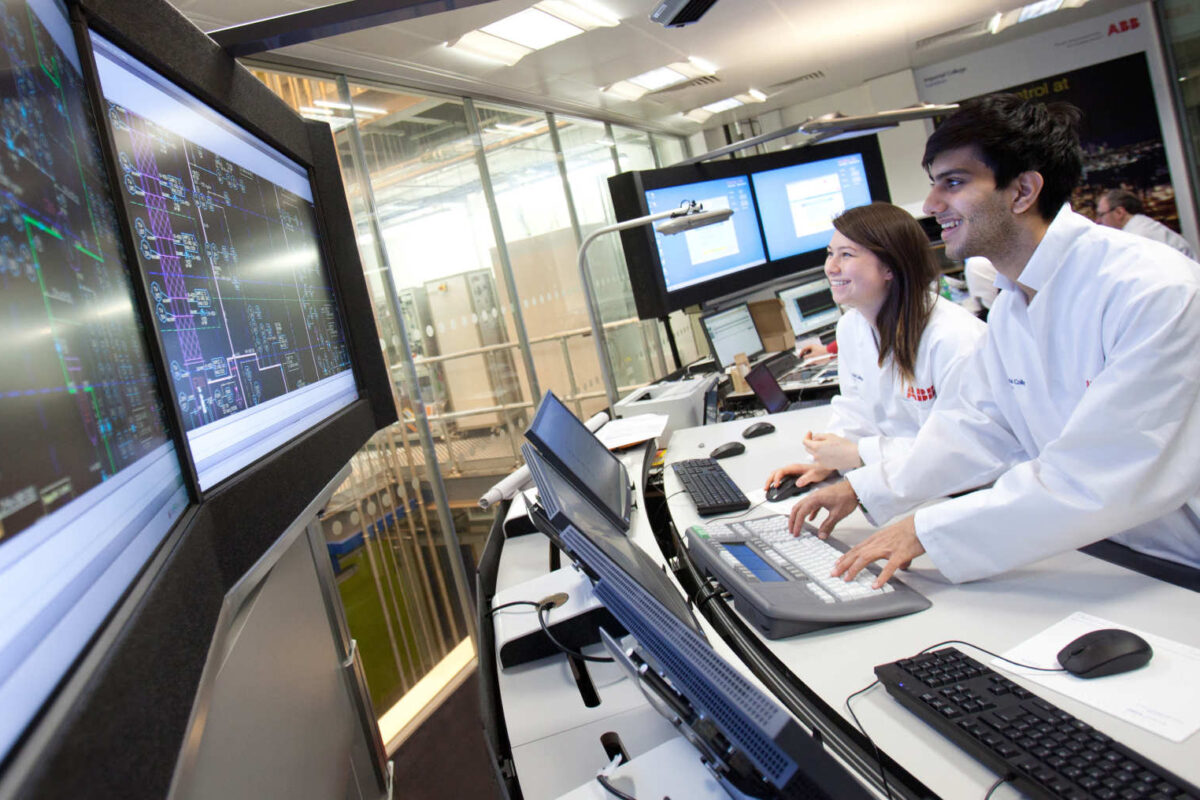Detailed techno-assessment of synthesis pathways reveals that moving the entire UK production of ethylene to green ethylene would incur a 300% cost premium and would consume ~15% of total UK electricity.
The Sargent Centre is involved in the UKRI Interdisciplinary Centre for Circular Chemical Economy. There, we lead the research activities on Process Integration and Whole System Optimisation, with a view to assessing how the catalytic technology innovations for processing of CO2 streams, solid waste and biomass into fresh chemicals could be integrated into existing chemical supply chains. Detailed process modelling is the workhorse for scaling up catalytic technology at a low readiness level and for predicting the performance at scale of these technologies in terms of economic, environmental and social KPIs. In turn, these KPIs feed into stakeholder and public engagement activities, ultimately guiding policy.
One of our flagship case studies has been on assessing defossilisation strategies for light olefins production (ethylene and propylene), which are fundamental building blocks in the chemical industry for the production of plastics, synthetic fibres and synthetic rubbers. In the UK alone, the annual olefins production amounts to 2.75 Mt and emits 3.1 MtCO2, making it the most emission-intensive process across the UK’s chemical sector.
Techno-economic and environmental life-cycle assessment sheds light on the main opportunities and challenges towards displacing steam crackers for green ethylene. Considering green ethylene production routes from air-captured CO2 and renewable electricity, with a particular focus on technology readiness for deployment by 2035, our techno-economic modelling1 predicted for the levelised cost of ethylene to be the lowest for the methanol-to-olefins (MTO) pathway (£2900 per ton), followed by direct or syngas-mediated electrocatalytic routes (£2900–3200 per ton). Three times or more the current market price of ethylene (c. £1000 per ton) is the green premium for producing defossilised ethylene and co-products (e.g., −3.3 tCO2-eq for the MTO route from a cradle-to-gate viewpoint)—a dramatic reduction over conventional ethane steam crackers operating in the UK (c. 3 tCO2-eq per tonne of ethylene). Another hurdle beside the green premium would be the huge demand for renewable energy to power green ethylene: displacing a single cracker (e.g., the 800 ktpa ethane cracker in Wilton, Teesside) could consume as much as 41–52 TWh of electricity, correspond to 13–16% of the UK’s total electricity generation in 2022, to which one would still need to add the electricity needed to power DAC. As an interim solution, therefore, ethylene production will likely continue to rely on fossil feedstock but could be retrofitted with CCS or hydrogen as fuel to lower its emission intensity.









